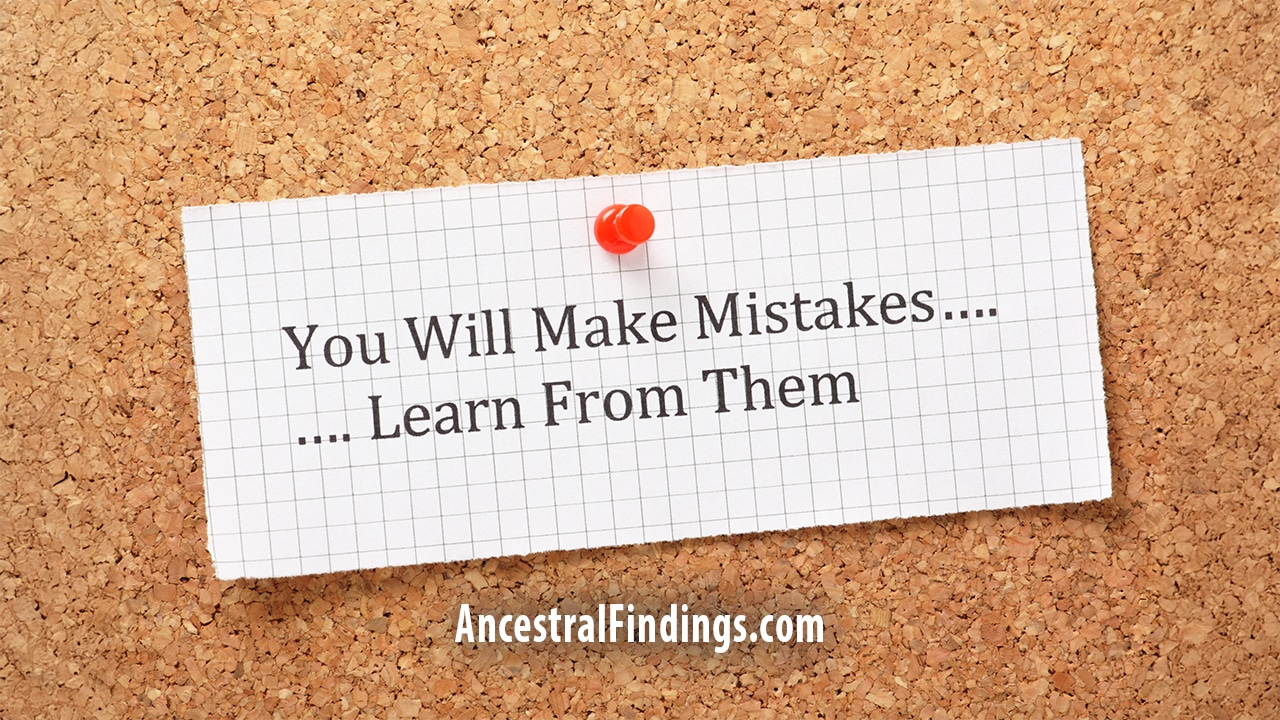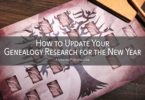Every family has old stories about their ancestors, even if it’s just their parents or grandparents. Some families, though, have family legends that go back generations and have been told time and time again through a century or more. These family history stories are often like a game of “telephone.” Each generation that hears the story gets a slightly different version of it as details are embellished or forgotten through the decades. By the time the story reaches you, it may be nothing like what really happened.
Even family legends that are vastly different from the real set of events that spawned them usually still have some tiny grain of truth in them, even if it is just the names of the people involved in the story. As a genealogist, those stories are naturally interesting to you. You also want to know the real truth behind them, because being a genealogist means telling the true stories of your family. Here’s how to use your family legends as jumping off points for real research that can lead you to the truth behind the tale.
1) Start With Names and Dates in the Story
Your first step in researching these stories is to start with the names and dates associated with them. Look up these people in the census records, if the tale took place in the time the U.S. was conducting censuses. That would be every 10 years from 1790 onward. Sometimes, the information you find in the census will tell you a lot about the truth behind the story, such as the names and ages of wives and children you didn’t know existed (or whose names and ages were embellished or changed in the story). Where they live in the census may also give you clues to the real story.
2) Look Up Associated Records That Can Help You Verify Details
Depending on the subject matter of your family legend, there are usually records you can look up to verify or disprove certain details of it. For example, if the story involved someone in a war, look up that person’s service records to see what they have to say (and see if they actually served at all).
Stories about homesteaders can often be verified by looking up their land records with the U.S. Bureau of Land Management and ordering their homestead file. Stories from colonial times can sometimes be researched using old town records. Don’t discount the use of old newspaper records in your research, either. It is surprising what you might find in them.
3) Look for Written Accounts of the Story
See if someone wrote the story down and published it. Or, see if there is a published diary written by the person involved or someone who would have first-hand knowledge of the story. Decide how reliable the person is who wrote down the details.
4) Use DNA
DNA is good to use in family stories that tell of descent from someone of a particular nationality or ethnicity. For example, a lot of Americans have a family legend telling of descent from a Native American. A DNA test can prove or disprove this. In my own family, a similar story of a male ancestor marrying a Native American wife was told, and the branch of the family where the Native American ancestor supposedly came from was specific.
DNA showed no Native American ancestry at all. However, it did show a small amount of Ashkenazi Jewish ancestry. Further research showed me that a relative on the side of the family where the Native American wife tale originated actually married a woman whose father was Jewish. This told me that over the generations, the half-Jewish ancestress was changed into a Native American one in the re-telling of the story.
There are all kinds of ways to use family history stories to discover the real truth behind them. Sometimes, those stories may have reached you intact. In most cases, there will be some changes from what originally happened that started the stories. Using the stories themselves as jumping off points, you can do research to tell you the real truth that all genealogists desire.






